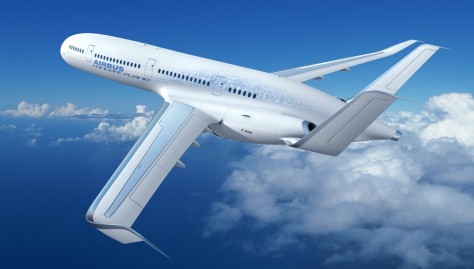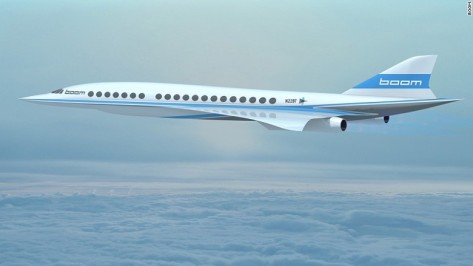Much has been written about making aviation Greener in our previous editions, but this time we wanted to take a step forward and go into the uncharted areas of the cost-climate tradeoff i.e. how much money are air passengers willing to spend today to make aviation greener tomorrow through schemes like the carbon-offsetting; that has been introduced by the KLM-Air France Group. In addition to this the article will also cover briefly about the design, energy (fuel), Carbon Calculators, re-designing the airspace system etc.
- Aircraft fuel efficiency: A report from ICCT (International Council on Clean transportation) reveals that the average fuel burn of new aircraft has fallen by approximately 45% from 1968 to 2015. To cite an example, here is a look at fuel efficiency comparison between the 737NG of 1997 and 737 MAX of 2017.


As one can see from the above table, the remarkable changes that a Boeing 737-800 NG has gone to become a 737-800 Max by reducing fuel consumption by around 15% in a span of twenty years. To build over this legacy of cutting fuel consumption and increasing the range we might see a whole new range of aircrafts in the DESIGN section below-
- Slimmed down aircraft wings- Every section on an aircraft increases the fuel, money and emissions to put it in the air.NASA and Boeing have been developing a new whole type of wing that requires a brace to provide the wing an extra support. Below is an image of the prototype that further cuts down fuel use by another 50% as per NASA’s section on new ideas for greener aircrafts.

(Nasa.com Photo) - Changes in the fuselage- The fuselage will no longer be a simple tube but it will be curved and shaped to provide more internal space for various cabin configurations as shown below in one of Airbus’ concept plane that has a different empannage as seen on Airbus’s website in the Concept planes section.

Airbus Concept (airbus.com Photo) - The double-bubble: This concept aircraft is designed by NASA with collaboration with students from MIT, based on a modified wing and tube, it has a very wide fuselage that provides extra lift; its low sweep wing reduces drag and weight; the embedded engines sit aft of the wings as seen below in an artist’s impression of the aircraft.

Double- bubble (Nasa.com Photo) - Boom- This a startup based in Denver, California that has been targeting an airspeed of Mach 2.2, a 0.2 Mach faster than the Concorde.(Mach number refers to the ratio of the speed of a body to the speed of sound in the surrounding area). The tagline of the aircraft manufacture is “Supersonic Speeds- Mainstream Fares”. The Company’s website mentions that a one way fare from NYC to London costs around $ 2500. Test flights are expected to start later this year; and EYAS hopes that the regulations will favor the climate component rather than cost (economic) aspect of it.

Boom (Cnn.com Photo)
To wrap it all, As of today, Air France-KLM have come up with the novel concept of the carbon calculator that helps you calculate your carbon footprint before booking a flight and taking part in their cabon off-setting program. Finally we at EYAS hope that this article helped you to look at aviation and sustainability in a kaleidoscopic manner and readers will continue further research into it as to “predict the future is to create it through hard work and collaboration”.
Sources Used: Nasa.com; Boeing.com; Cnn.com; Airbus.com
Featured Image Credit: (Blog.adbsafegate.com Photo)

